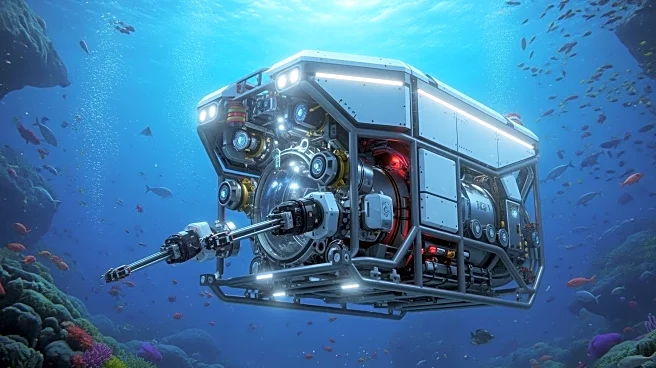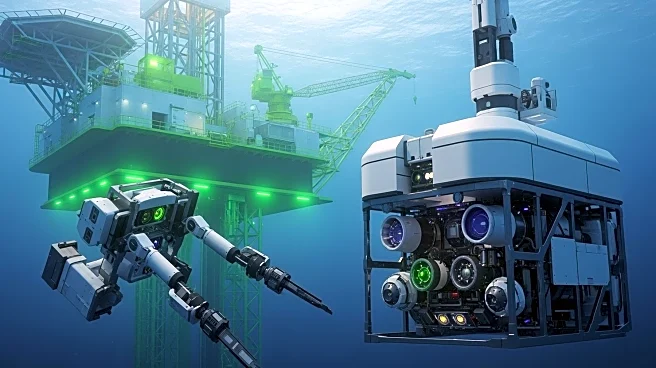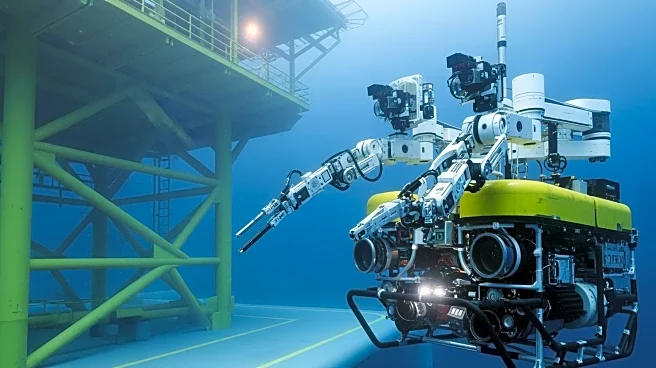What's Happening?
Halliburton has entered into a framework agreement with Shell to utilize its Remote Operated Control System (ROCS) technology for umbilical-less tubing hanger installation and retrieval services. This
agreement follows successful trials in the Gulf of America, where ROCS demonstrated significant improvements in speed, safety, and operational precision. The ROCS platform, developed by Optime, reduces deck operations by up to 75% and minimizes personnel exposure by replacing conventional hydraulic setups. The technology has been deployed in various offshore regions, setting a new benchmark with the deepest umbilical-less operation completed to date.
Why It's Important?
The agreement between Halliburton and Shell marks a significant advancement in deepwater operations, offering a reliable and cost-effective alternative to traditional methods. The ROCS technology enhances efficiency and safety, addressing the growing demand for optimized offshore development under complex conditions. This development positions Halliburton as a leader in subsea completions, potentially influencing industry standards and practices. The reduced operational risks and faster project delivery could lead to increased adoption of ROCS across global rig fleets, benefiting operators seeking to improve well completions.
What's Next?
The successful implementation of ROCS technology may lead to broader adoption across the industry, with other operators considering similar agreements to enhance their deepwater capabilities. Halliburton's partnership with Shell could pave the way for further collaborations, driving innovation in subsea technology. As the industry seeks to address challenges in offshore development, ROCS may become a standard solution for improving efficiency and safety in deepwater environments.
Beyond the Headlines
The shift towards umbilical-less control systems reflects a broader trend in the oil and gas industry towards automation and reduced environmental impact. The technology's ability to minimize surface pressure risks and personnel exposure aligns with industry goals for safer and more sustainable operations. The agreement may also influence regulatory frameworks, as operators and policymakers consider the implications of advanced technologies on environmental and safety standards.











